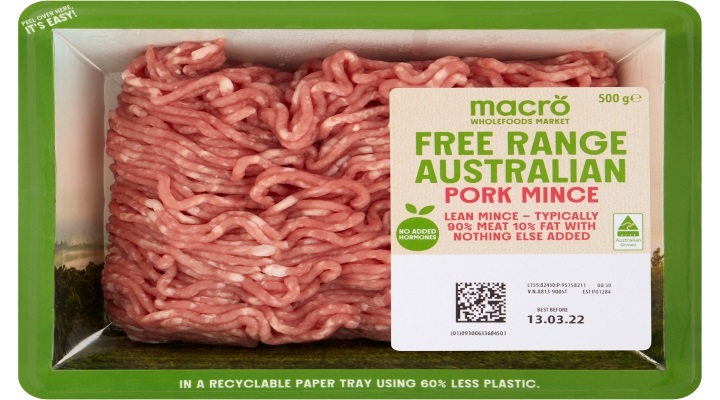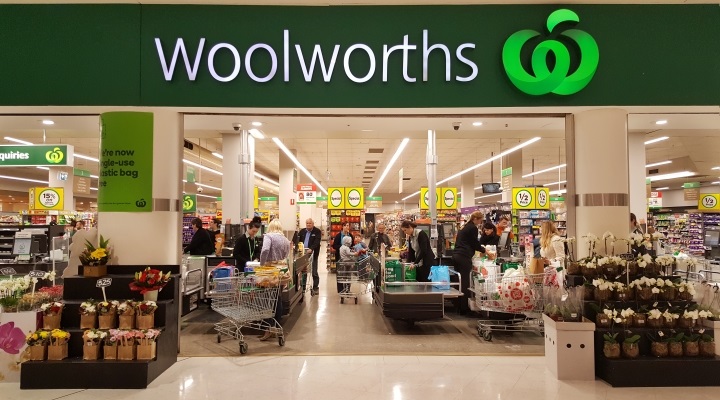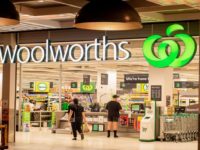Think back to the dinner you enjoyed last night. Perhaps you whipped up a homemade spaghetti bolognese with a salad on the side, followed by ice-cream with fresh strawberries.
When you selected the beef mince, tomatoes, garlic and onions for your bolognese and picked out the strawberries, cucumbers and tomatoes from the supermarket, were you aware of where the produce came from? Perhaps they came from a family-owned strawberry farm in regional Queensland, or the grass-fed cows were from pastures in the regional town of Mullumbimby.
After all, for many customers, it has become increasingly important that they are aware of the provenance of their food. In response to this rising interest, supermarket giant Woolworths has adopted 2D barcode technology to give shoppers valuable information on provenance, quality and sustainability.
“As we work towards a better tomorrow with our suppliers, 2D barcodes can help us communicate a product’s verified sustainability credentials to customers,” said Roberto Olivares, senior project manager at Woolworths.
“For our customers, it means more accurate and faster identification of products with less errors between varieties and decreased transaction times at registers. This means you can scan and weigh the product, instead of looking it up on the look-up screens.”
What are 2D barcodes and what do they do?
2D barcodes are a savvy new technology that stores a wealth of information about an item’s supply chain, from product identification and storage options to recycling instructions and origin. Unlike traditional 1D linear barcodes, they’re more compact, freeing up on-pack space for brand owners to use differently, or allowing them to remove excessive packaging to save costs and reduce waste.
2D barcodes are also beneficial for everyone across the supply chain, including manufacturers, retailers, logistics providers, solution partners and consumers. For example, if a cashier scans the product, he or she will be able to see immediately if the item is past its expiry date, making it easy for retailers to manage their store inventory. The barcodes also help to reduce food waste.

According to GS1, “One scan of these next-generation barcodes can connect business partners up and down the supply chain to data needed for inventory management, traceability programmes, sustainability initiatives, consumer engagement actions and more.”
How it began and how it’s going
In August 2019, Woolies began trialling the 2D barcodes on fresh meat and poultry products, making it easy to view each item’s batch, supplier and use-by date. Since then, the supermarket has been transitioning to 2D barcodes and, as of early this year, 50 per cent of its meat products in over 1000 stores were using the barcodes.
As a result of its shift to 2D barcodes, Woolworths has reduced its food waste by up to 40 per cent. Because store teams can quickly identify if a product is approaching its expiry date and proactively mark it down, the item can be sold without being thrown away. According to the retailer, productivity has gone up by 21 per cent.
Meanwhile, Woolworths is now able to quickly and accurately conduct product recalls thanks to 2D barcodes, which can be used to correctly identify the right products to withdraw from the shelves, so the other unaffected items can remain for sale.
“2D barcodes have immense potential, and we’re excited to see how they will improve traceability and stock management,” said Richard Plunkett, general manager for business enablement at Woolworths.
Learn more about 2DBarcodes by GS1 at www.gs1au.org/2d-barcodes










